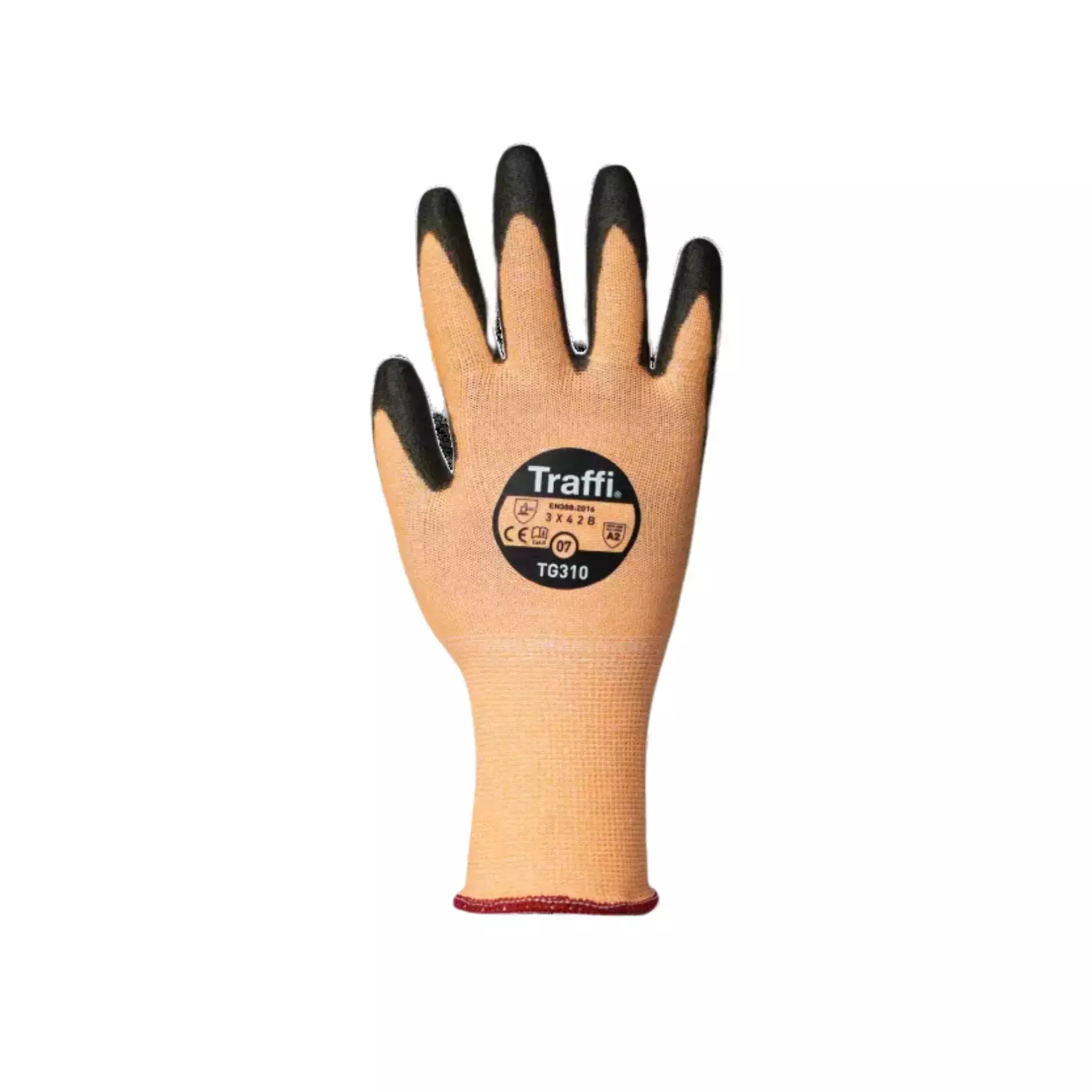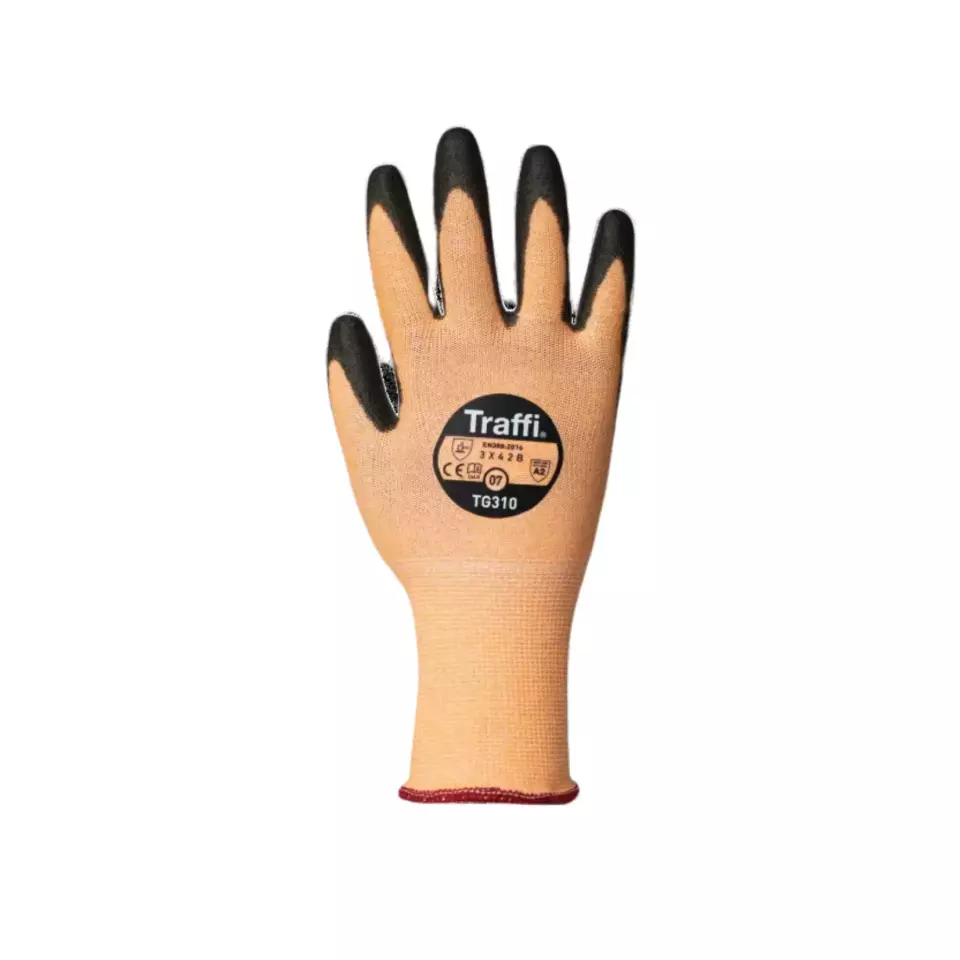
Features You'll Love

Cuff Style · Knit
Determines how the glove secures around the wrist, affecting fit, comfort, and protection coverage at the wrist area.

EN 388 · Tear Resistance Level 4, Abrasion Resistance Level 3, Puncture Resistance Level 2
Offers the highest level of protection against tearing, withstanding a strong force before ripping.
Provides good resistance against scraping, scratching, and rubbing on rough or abrasive surfaces.
Withstands moderate force from sharp objects like heavy-duty splinters or wires.
Traffi
X-DURA ULTRA PU Cut Level B Safety Glove, 10 pairs
X-DURA ULTRA PU Cut Level B Safety Glove, 10 pairs
4.7 / 5
61,44 €
Price per 10 pairs
6,14 € / pair
Choose size
Free delivery
Features You'll Love

Cuff Style · Knit
Determines how the glove secures around the wrist, affecting fit, comfort, and protection coverage at the wrist area.

EN 388 · Tear Resistance Level 4, Abrasion Resistance Level 3, Puncture Resistance Level 2
Offers the highest level of protection against tearing, withstanding a strong force before ripping.
Provides good resistance against scraping, scratching, and rubbing on rough or abrasive surfaces.
Withstands moderate force from sharp objects like heavy-duty splinters or wires.
Product description
The product description has not been specified